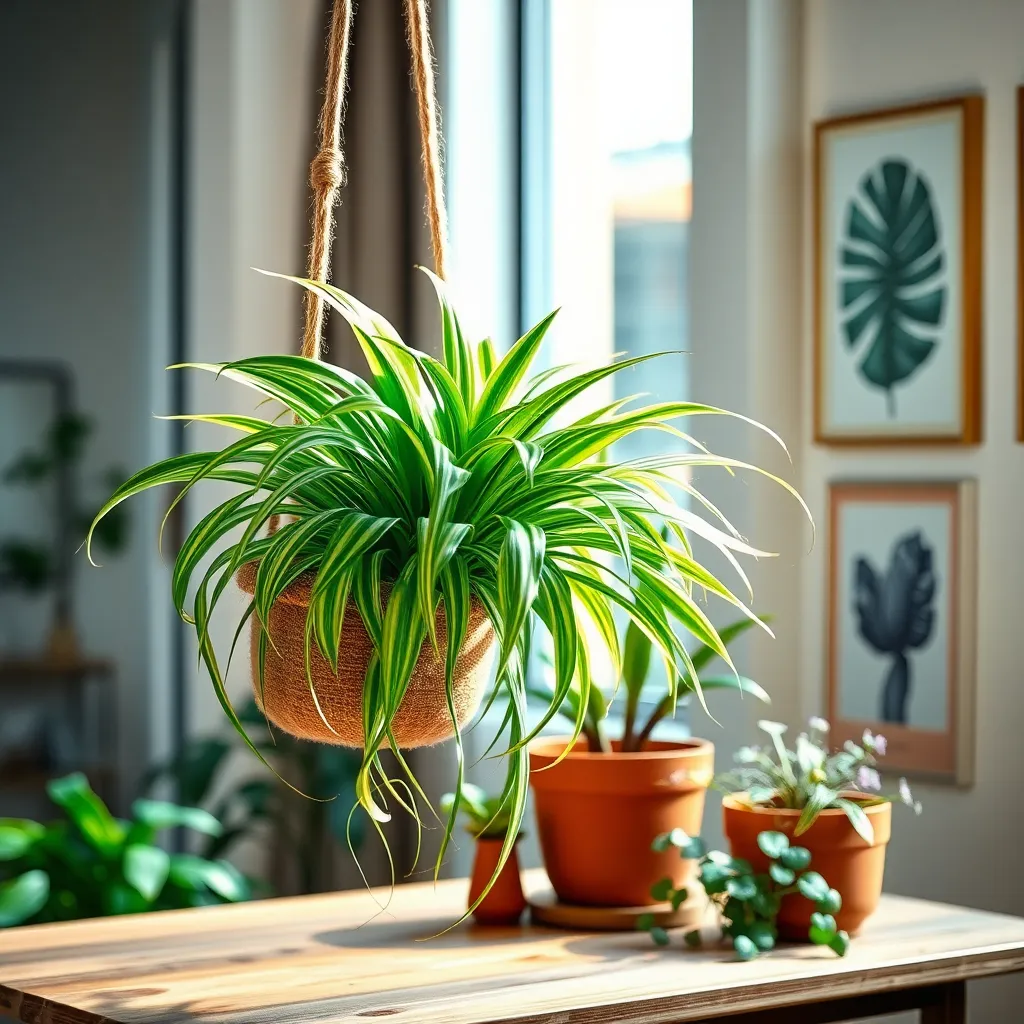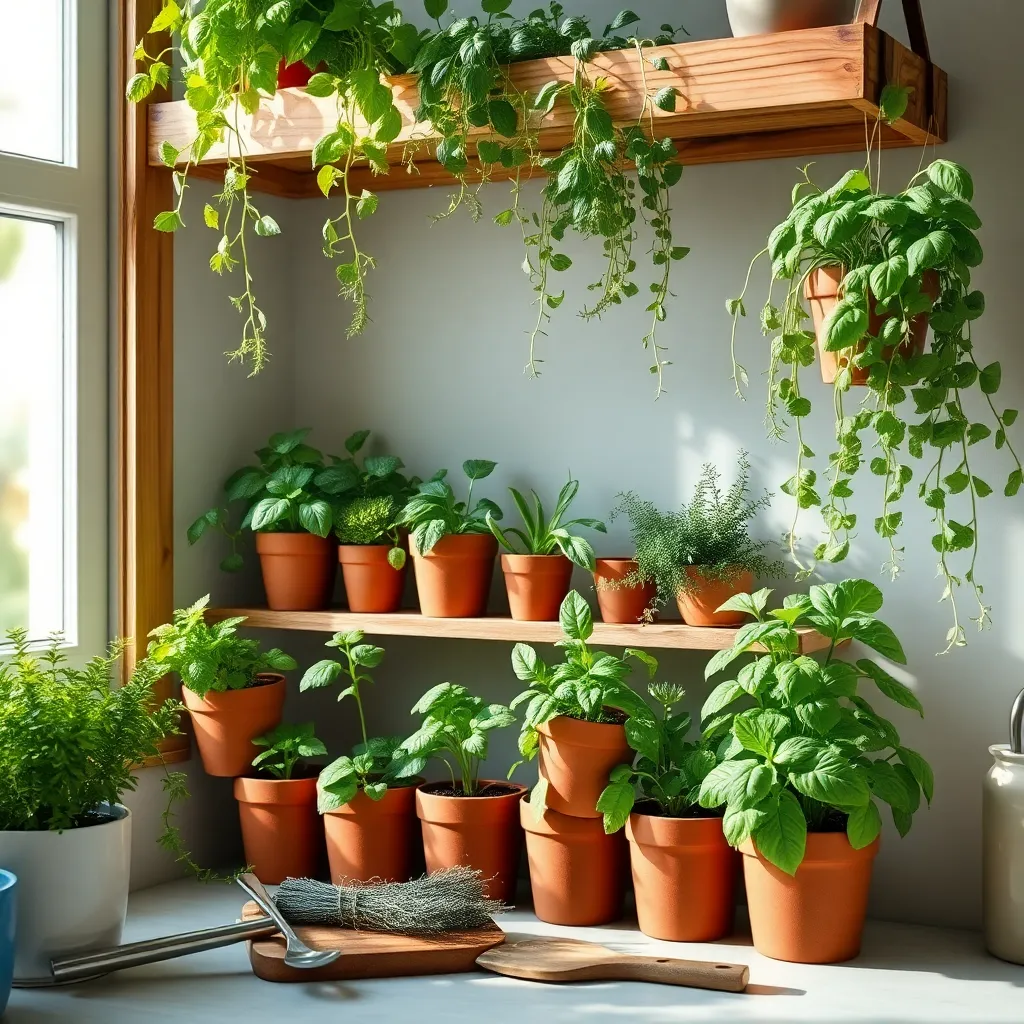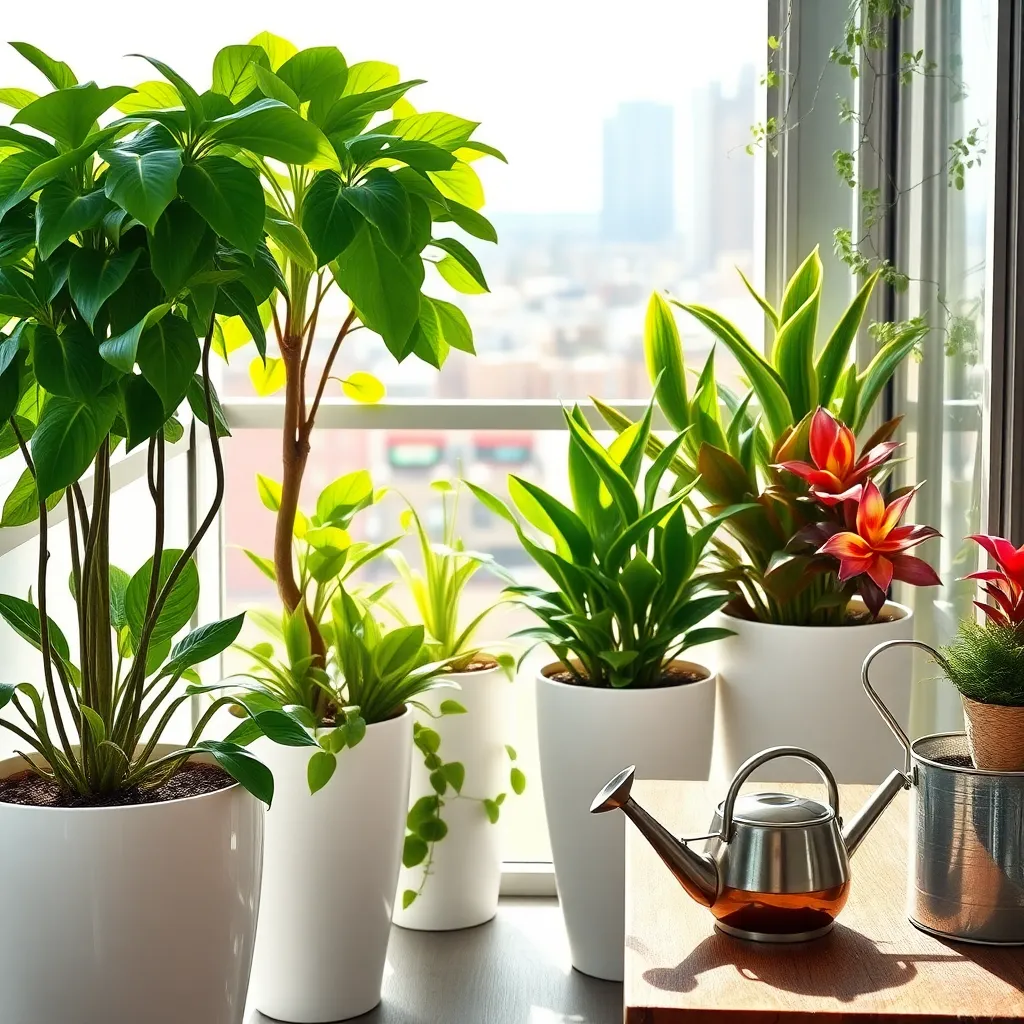Welcome to “Best Plants for Small Apartments,” where the joys of gardening meet the realities of urban living. Whether you’re a budding enthusiast or a seasoned green thumb, this guide is your invitation to transform even the tiniest of spaces into lush, vibrant havens. Embrace the satisfaction that comes with nurturing life right in your living room, and discover how plants can bring tranquility and beauty to your home.
In this guide, you’ll find a handpicked selection of indoor plants perfectly suited for small apartments, ensuring that everyone, regardless of space constraints, can enjoy the benefits of having greenery nearby. These plants are not just beautiful; they are resilient and forgiving, making them ideal companions for both beginners looking to dip their toes into the world of indoor gardening and experienced gardeners seeking a new challenge. With our practical tips and insights, you’ll feel confident in your ability to cultivate a thriving indoor garden.
Imagine the pleasure of waking up to a cheerful splash of green or the calming presence of a leafy companion after a long day. This guide promises to equip you with all you need to make that dream a reality, offering practical advice on plant selection, care, and placement. Let’s embark on this gardening journey together, celebrating the joy of successful plant care and the rewards of a flourishing indoor oasis.
Snake Plant (Low Light Champion)

Snake plants, also known as Sansevieria or mother-in-law’s tongue, are renowned for their ability to thrive in low light conditions, making them ideal for small apartments. They tolerate neglect and can survive even if you occasionally forget to water them.
Beginner gardeners will appreciate the snake plant’s resilience; it requires watering only once every couple of weeks. Ensure the soil dries out completely between waterings to prevent root rot, which is a common issue with overwatering.
For optimal growth, place your snake plant in a well-draining potting mix, such as a blend of cactus soil and perlite. This mix provides excellent drainage and mimics the plant’s natural arid habitat, promoting healthy root development.
Advanced gardeners can experiment with propagating snake plants by dividing the rhizomes or planting leaf cuttings in soil. To propagate using leaf cuttings, cut a leaf into 2-inch sections, allow them to callous over for a day, then plant them in moist soil.
Spider Plant (Air-Purifying Wonder)

If you’re looking for a plant that’s both beautiful and functional, the spider plant is an excellent choice. Known for its air-purifying abilities, this plant can help improve the air quality in your small apartment while adding a touch of greenery.
Spider plants thrive in bright, indirect sunlight, making them perfect for rooms with filtered light. To keep your spider plant healthy, water it moderately, allowing the top inch of soil to dry out between waterings.
For optimal growth, use a well-draining potting mix, such as one formulated for indoor plants, to prevent root rot. Regularly trim any brown tips from the leaves to maintain its lush appearance and encourage new growth.
Spider plants are adaptable and can also be propagated easily, allowing you to expand your collection or share with friends. Simply place the plantlets, or “spiderettes,” in water until roots develop, then transfer them to soil.
Succulent Collection (Space-Saving Beauties)

Succulents are perfect for small apartments due to their compact size and minimal care needs. These hardy plants thrive in bright, indirect sunlight, making them ideal for windowsills and sunny corners.
When it comes to soil, succulents prefer a well-draining mix to prevent root rot. A combination of cactus soil and perlite can work wonders, ensuring that excess water does not linger around the roots.
Watering succulents requires a delicate balance, as overwatering can be detrimental. It’s best to let the soil dry out completely between waterings, typically watering every two to three weeks depending on the humidity of your home.
For those looking to expand their succulent collection, propagation is both simple and rewarding. Leaf cuttings can be placed on top of moist soil, and with patience, new roots will begin to form, giving you a new plant.
Hanging Herb Garden Kit (Kitchen-Ready Freshness)

For small apartment dwellers, a hanging herb garden kit can be a game-changer, offering fresh flavors right at your fingertips. These kits usually come with a selection of seeds like basil, parsley, and cilantro, which are perfect for culinary use and thrive indoors.
Choose a bright spot in your kitchen where the herbs can receive at least 6 hours of sunlight daily. If natural light is limited, consider using a small grow light to ensure your herbs develop strong flavors and healthy growth.
Herbs prefer a well-draining potting mix, so opt for a blend that includes perlite or vermiculite to prevent soggy roots. To keep your herbs thriving, water them when the top inch of soil feels dry to the touch, but be careful not to overwater, as this can lead to root rot.
For more advanced gardeners, try experimenting with companion planting by grouping herbs with similar water and light needs. Not only does this improve the aesthetic appeal, but it also enhances the growth of each plant through symbiotic relationships.
Self-Watering Planters (Effortless Care)

Self-watering planters are a fantastic solution for those with busy schedules who still want thriving plants in their apartments. These planters feature a reservoir that allows plants to take up water as needed, ensuring they remain hydrated without the risk of overwatering.
For optimal results, choose plants that thrive in consistently moist soil, such as ferns, peace lilies, or pothos. Make sure to use a well-draining potting mix, which is essential for preventing root rot in self-watering systems.
Beginner gardeners will appreciate that self-watering planters reduce the frequency of watering to just once every couple of weeks. Meanwhile, experienced gardeners can experiment with adding liquid fertilizer to the water reservoir to provide a steady nutrient supply.
To maximize the effectiveness of your self-watering planter, place it in an area with adequate light that matches your plant’s needs. Regularly check the reservoir and refill it before it runs dry, especially during warmer months when evaporation rates are higher.
Conclusion: Growing Success with These Plants
In exploring the ‘Best Plants for Small Apartments,’ we’ve uncovered five key relationship concepts that plants can teach us: patience, nurturing, growth, adaptability, and communication. Much like tending to a plant, relationships require patience as they flourish over time. Nurturing is essential, as providing care and attention strengthens bonds. Growth in relationships mirrors how plants expand with the right environment and support. Adaptability shows us how both plants and relationships thrive when adjustments are made for optimal conditions. Lastly, communication, albeit silent, is vital as understanding the needs of your partner parallels listening to what your plants silently convey.
To bring these lessons to life, choose a plant for your apartment today and start practicing these concepts. As you care for your plant, reflect on how you can apply these principles to your relationships.
Don’t forget to bookmark this article to revisit these insights and continue fostering relationship growth. Remember, the seeds of successful relationships are planted in understanding and care. By nurturing these connections, you’re paving the way for a thriving future filled with flourishing relationships. Save this guide as your go-to resource for cultivating both plant life and the love that surrounds you.

